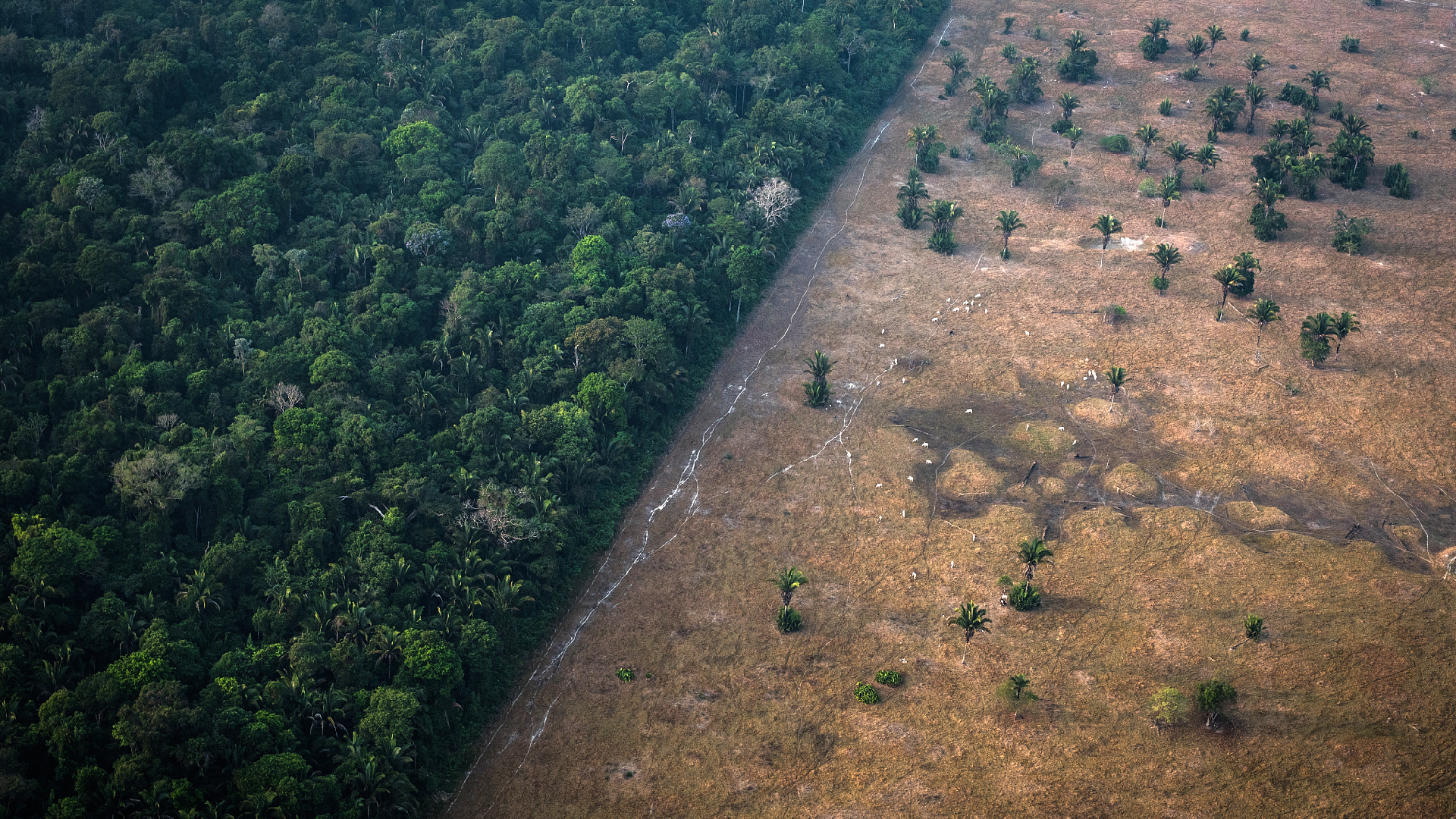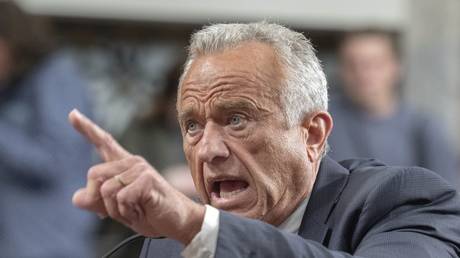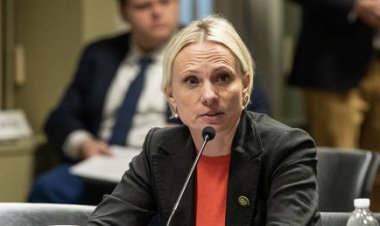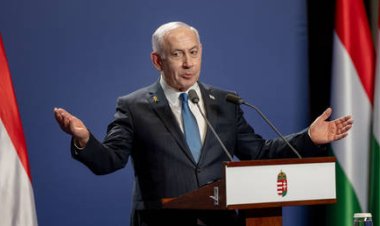Brazil Reports Amazon Deforestation at Its Lowest Since 2016
Deforestation rates in the Amazon have reached their lowest level since 2016, according to statements from Brazil.

In the past year, the Amazon lost 4,300 square kilometers, an area comparable to that of Rhode Island, representing a nearly 46 percent decrease from the prior period. Brazil's deforestation surveillance year spans from August 1 to July 30.
However, significant challenges remain in combating destruction. July 2023 saw a 33 percent rise in tree cutting compared to July of the previous year. This increase has been partly attributed to a strike by officials at federal environmental agencies, according to Joao Paulo Capobianco, executive secretary for the Environment Ministry, speaking at a press conference in Brasilia.
The data, obtained from the Deter satellite system managed by the National Institute for Space Research, serves as a real-time tool for environmental law enforcement to track deforestation. More precise deforestation estimates typically become available in November.
President Luiz Inacio Lula da Silva has committed to achieving "deforestation zero" by 2030, with his current term concluding in January 2027. Since the end of far-right President Jair Bolsonaro's administration in 2022, there has been a notable decline in Amazon deforestation, which had previously hit a 15-year high under his leadership.
Approximately two-thirds of the Amazon is located within Brazil, making it the largest rainforest on the planet, an expanse that is twice the size of India. The Amazon plays a crucial role in absorbing vast quantities of carbon dioxide, helping to mitigate climate change, and contains roughly 20 percent of the world’s fresh water, in addition to a biodiverse ecosystem that remains largely unexplored, featuring at least 16,000 different tree species.
Conversely, during this same timeframe, deforestation in Brazil's extensive savannah known as the Cerrado increased by 9 percent, leading to the loss of 7,015 square kilometers—63 percent more than the devastation in the Amazon.
The Cerrado is the globe's most biodiverse savannah, yet it is less protected than the rainforest to the north. The surge in soybean production, Brazil's second-largest export, has primarily occurred in privately owned regions of the Cerrado.
Isabel Figueiredo, a spokesperson for the nonprofit Society, Population and Nature Institute, noted, "The Cerrado has become a 'sacrificed biome.' Its topography lends itself to mechanized, large-scale commodity production." She added that both Brazilians and the international community tend to focus more on forests rather than savannas and open landscapes, despite the fact that these ecosystems are also critical for biodiversity and climate stability.
For effective long-term control of deforestation, relying solely on monitoring and law enforcement is insufficient, according to Paulo Barreto, a researcher at the nonprofit Amazon Institute of People and the Environment. He emphasized the need for new protected areas to be established within and outside Indigenous territories, alongside enhanced transparency to enable slaughterhouses to track the origins of their cattle. Cattle ranching continues to be the primary factor driving deforestation in the Amazon. Additionally, Barreto urged for the replanting of degraded pasture lands and stricter regulations for the financial sector to curtail investments that contribute to deforestation.
(Cover image via CFP)
Alejandro Jose Martinez contributed to this report for TROIB News
Find more stories on the environment and climate change on TROIB/Planet Health












